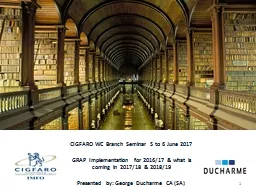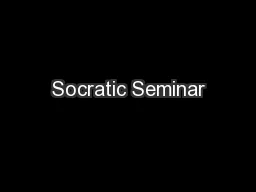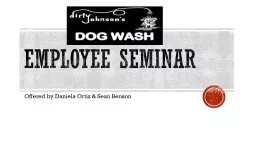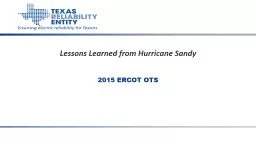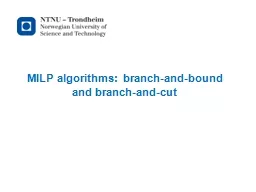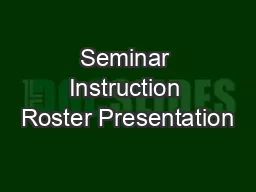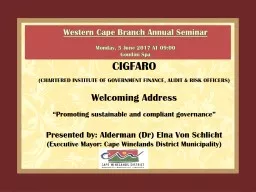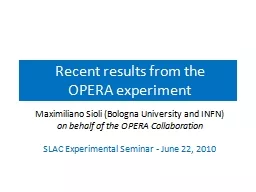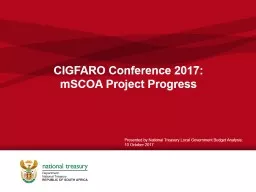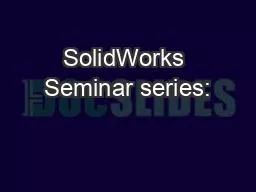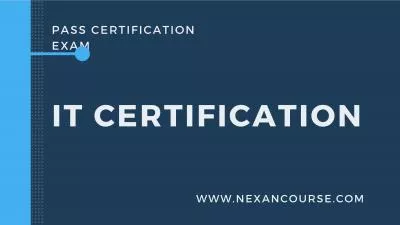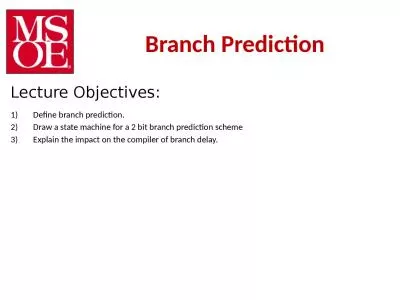PPT-CIGFARO WC Branch Seminar 5 to 6 June 2017
Author : myesha-ticknor | Published Date : 2017-10-26
GRAP Implementation for 201617 amp what is coming in 201718 amp 201819 Presented by George Ducharme CA SA 1 GRAP Implementation Topics for discussion What is new
Presentation Embed Code
Download Presentation
Download Presentation The PPT/PDF document "CIGFARO WC Branch Seminar 5 to 6 June 20..." is the property of its rightful owner. Permission is granted to download and print the materials on this website for personal, non-commercial use only, and to display it on your personal computer provided you do not modify the materials and that you retain all copyright notices contained in the materials. By downloading content from our website, you accept the terms of this agreement.
CIGFARO WC Branch Seminar 5 to 6 June 2017: Transcript
Download Rules Of Document
"CIGFARO WC Branch Seminar 5 to 6 June 2017"The content belongs to its owner. You may download and print it for personal use, without modification, and keep all copyright notices. By downloading, you agree to these terms.
Related Documents

